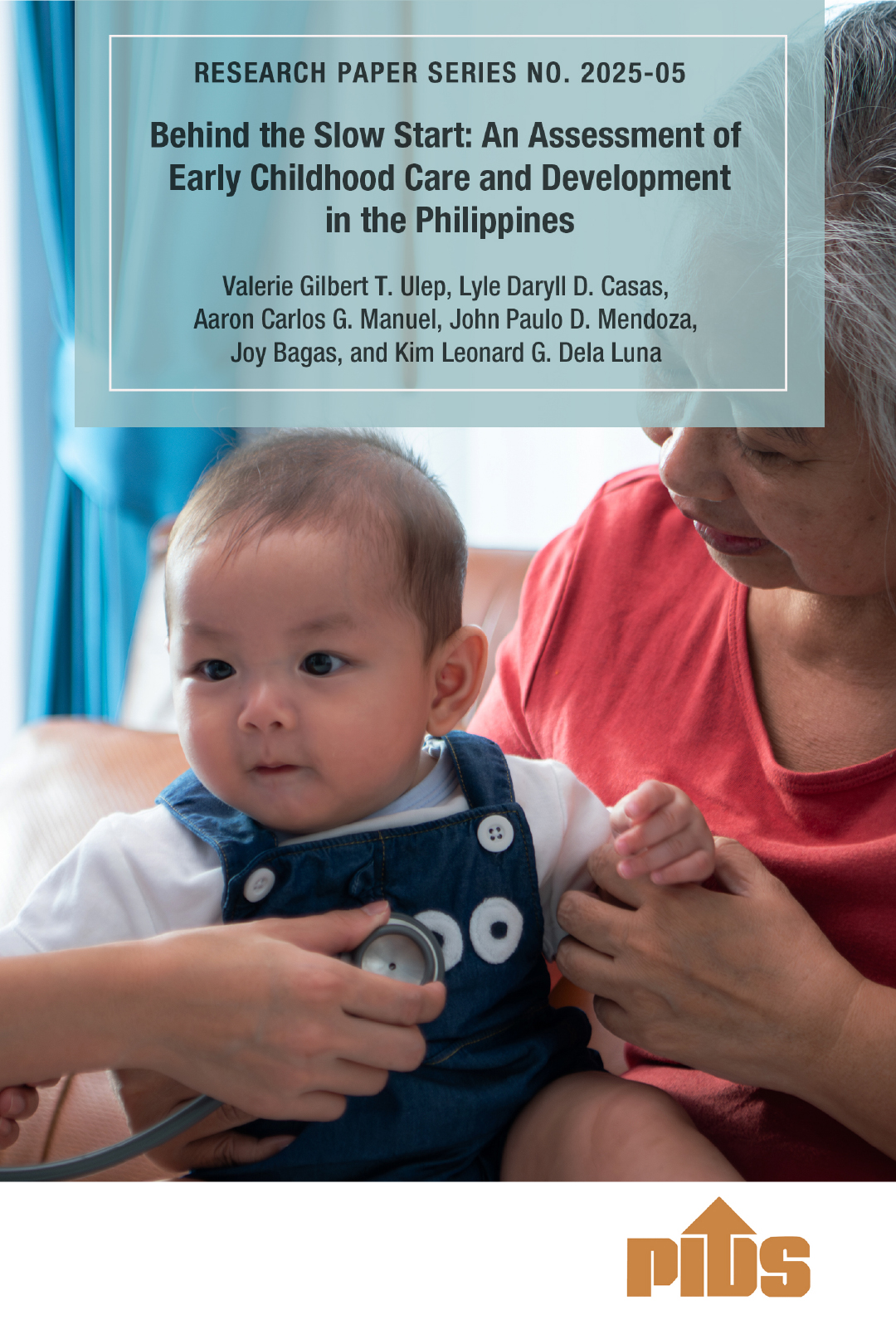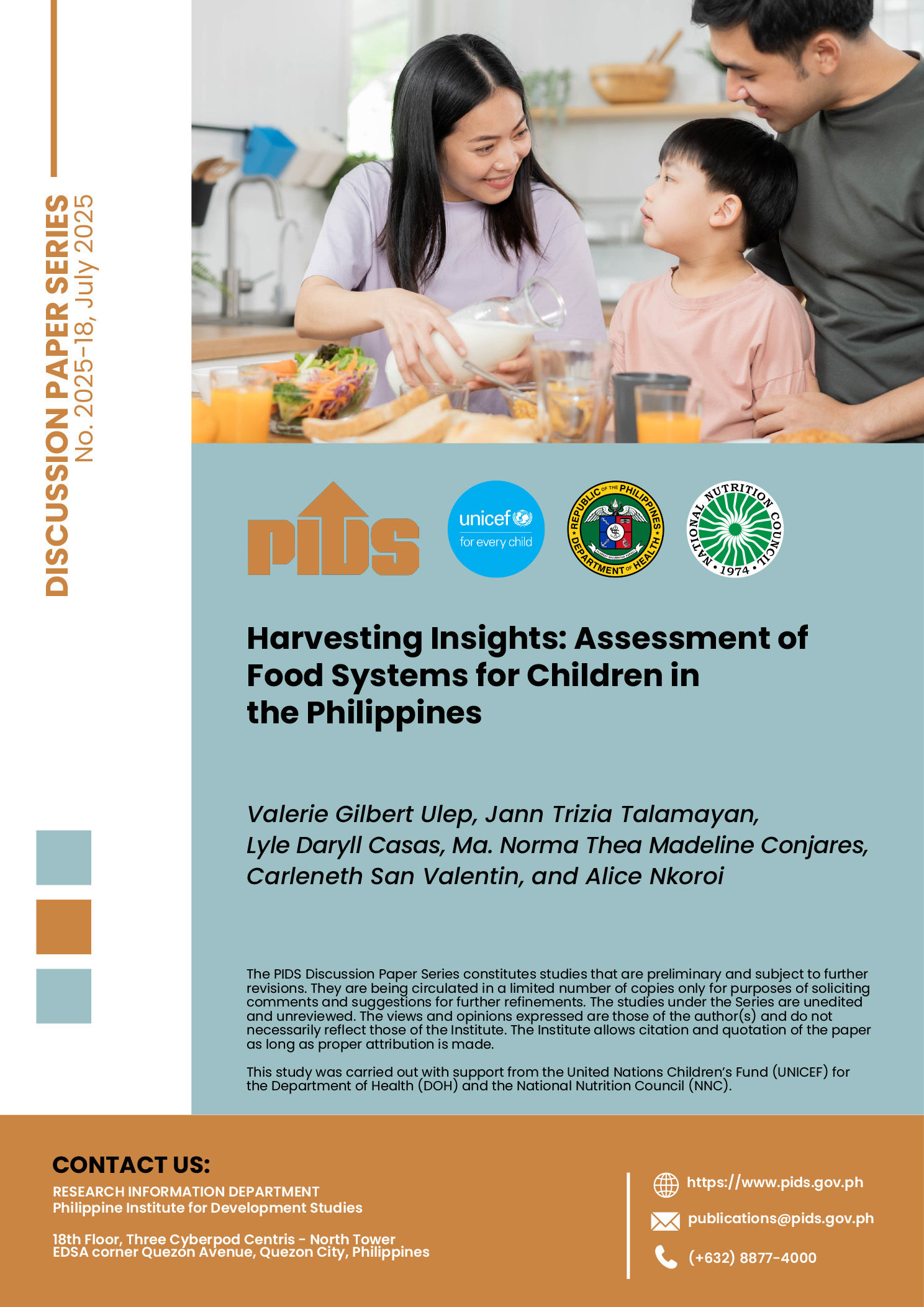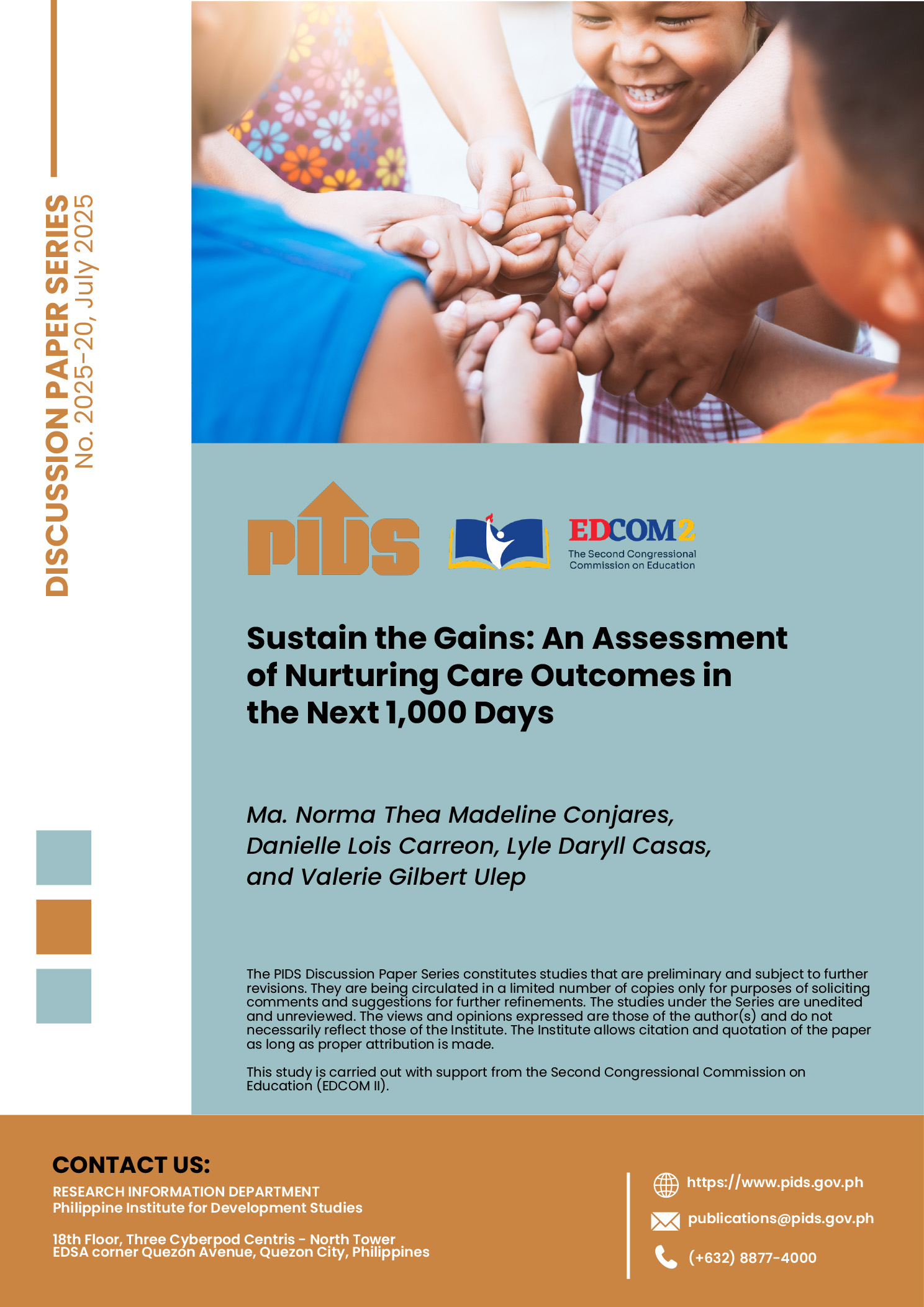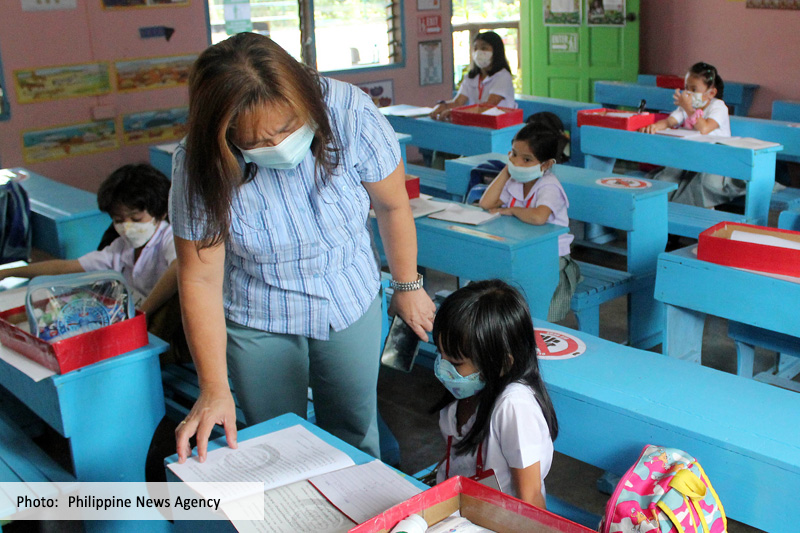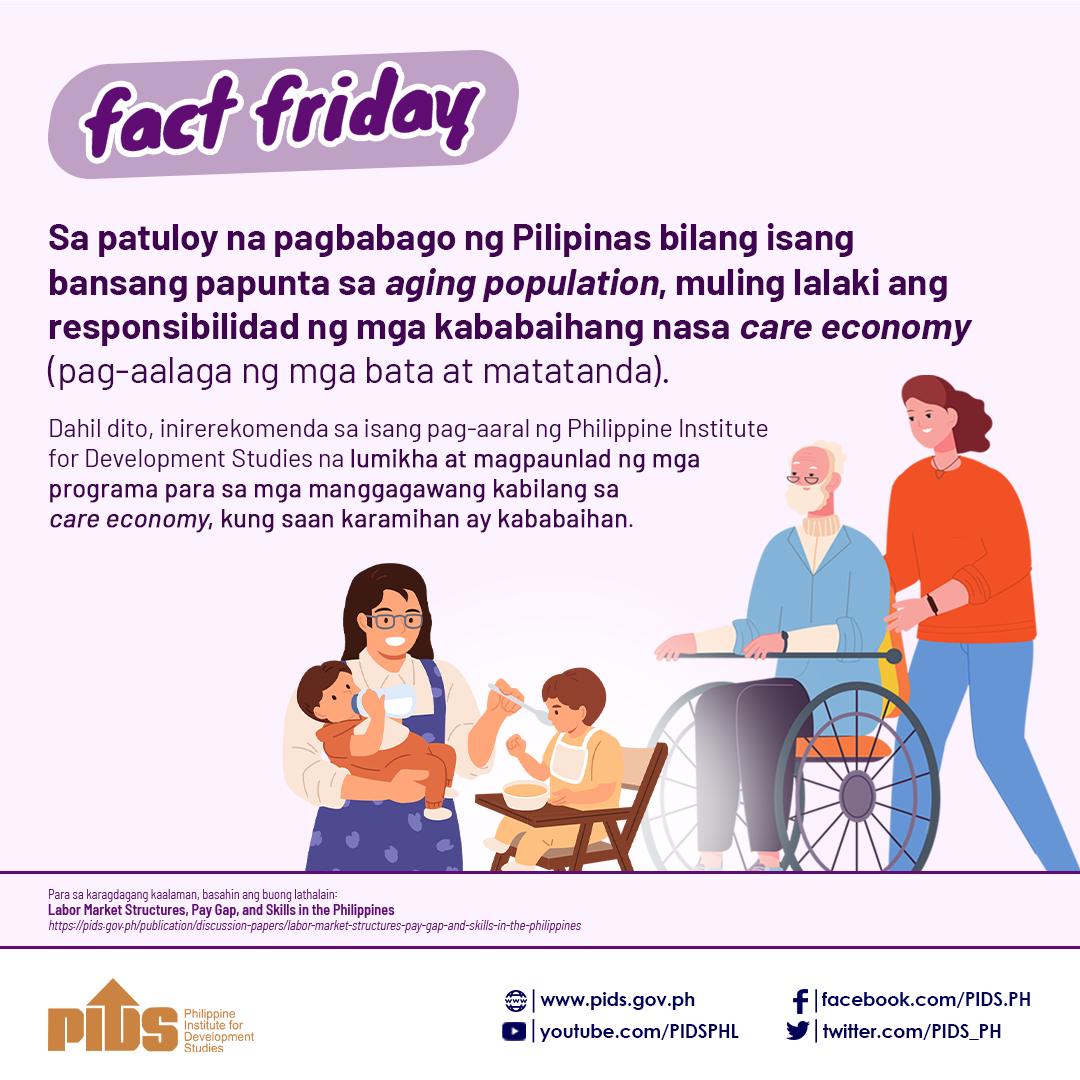The Philippines has one of the lowest screening rates of breast and cervical cancer in the world, with only about 1 percent or 540,000 out of 54 million women undergoing cancer screening, a government think tank said.
A “big portion of the country’s cancer burden is preventable” if more early screening can be conducted, the Philippine Institute for Development Studies (PIDS) said.
Breast and cervical cancer are the top two cancers among Filipino women.
“We are diagnosing cancer patients at a very, very late stage,” said PIDS senior research fellow Valerie Gilbert Ulep, who released his study last month.
He said Cambodia and Myanmar, which are considered lower-middle income countries like the Philippines, have “better” cancer screening rates.
In Malaysia and Thailand, which are considered upper-middle income countries, the screening rate is 20 percent. Yet “they are worried that their rate is low,” Ulep said, adding that in high-income countries, the cancer screening rate is around 50 percent.
The government think tank attributed the low screening rate to lack of funds, especially for the poor—with few government hospitals offering cancer screening.
Fear of diagnosis
Another factor for the low screening rate is the fear of finding out one has cancer, said Ulep, as he noted that patients go for screening “when they are already suffering and it is too late.”
He said cancer patients between 40 and 69 years old account for most deaths, resulting in untold social and economic costs to the country.
Around 27,000 new breast cancer cases are reported in the country each year, and 9,000 women die annually, he said.

